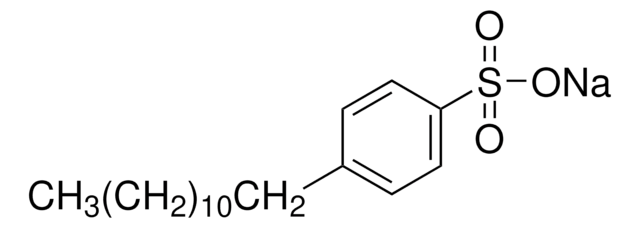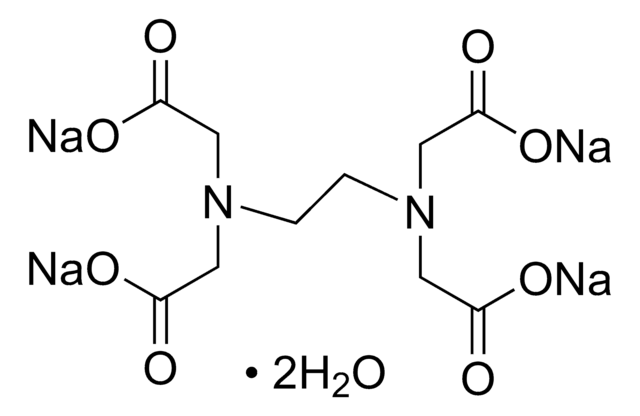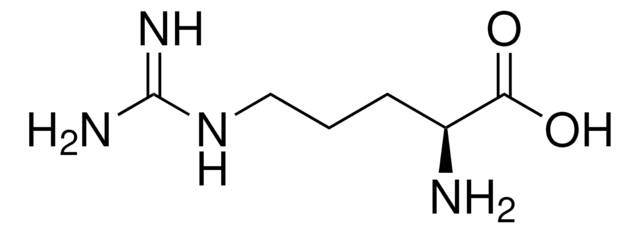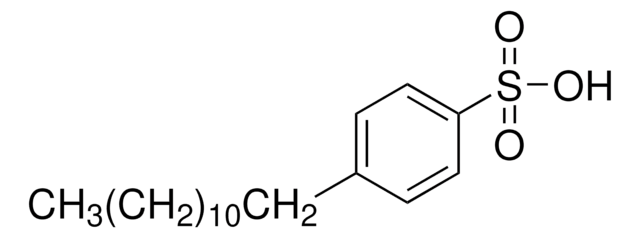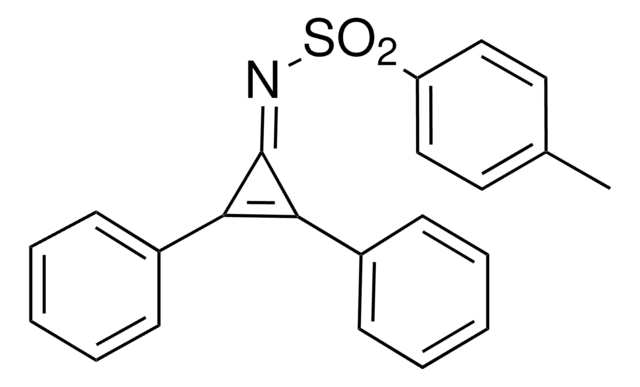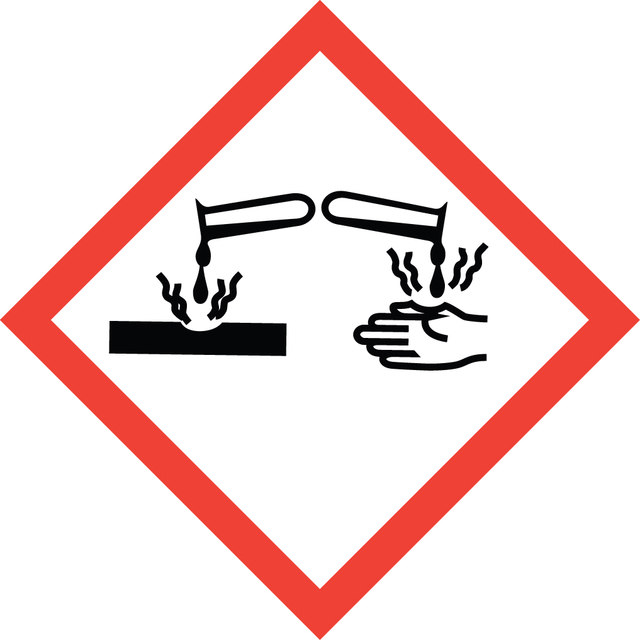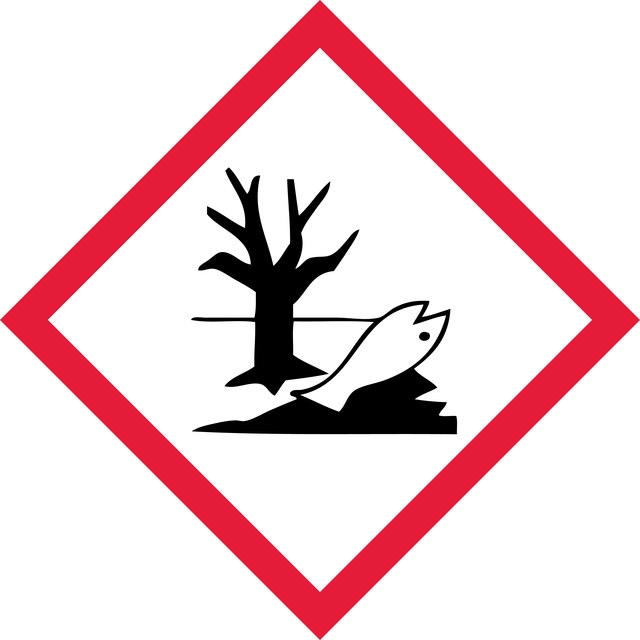93427
Triton™ X-100 solution
ampule, ~10% in H2O
Synonym(s):
Triton™ X-100, 4-(1,1,3,3-Tetramethylbutyl)phenyl-polyethylene glycol solution, t-Octylphenoxypolyethoxyethanol, Polyethylene glycol tert-octylphenyl ether
About This Item
Recommended Products
description
non-ionic
quality
ampule
concentration
~10% in H2O
impurities
≤150 μM sulfhydryl oxidizing substances (carbonyls, peroxides)
refractive index
n20/D 1.348
transition temp
cloud point 65 °C
pour point ~7 °C
density
1.01 g/mL at 20 °C
cation traces
Ca: ≤10 mg/kg
Cd: ≤5 mg/kg
Co: ≤50 mg/kg
Cr: ≤5 mg/kg
Cu: ≤5 mg/kg
Fe: ≤5 mg/kg
K: ≤500 mg/kg
Mg: ≤50 mg/kg
Mn: ≤5 mg/kg
Na: ≤500 mg/kg
Ni: ≤5 mg/kg
Pb: ≤5 mg/kg
Zn: ≤5 mg/kg
SMILES string
CC(C)(C)CC(C)(C)c1ccc(OCCOCCOCCOCCOCCOCCOCCO)cc1
InChI
1S/C28H50O8/c1-27(2,3)24-28(4,5)25-6-8-26(9-7-25)36-23-22-35-21-20-34-19-18-33-17-16-32-15-14-31-13-12-30-11-10-29/h6-9,29H,10-24H2,1-5H3
InChI key
HNLXNOZHXNSSPN-UHFFFAOYSA-N
Looking for similar products? Visit Product Comparison Guide
Biochem/physiol Actions
Legal Information
Signal Word
Danger
Hazard Statements
Precautionary Statements
Hazard Classifications
Aquatic Acute 1 - Aquatic Chronic 2 - Eye Dam. 1 - Skin Irrit. 2
Storage Class Code
10 - Combustible liquids
WGK
WGK 3
Flash Point(F)
483.8 °F - closed cup
Flash Point(C)
251 °C - closed cup
Personal Protective Equipment
Regulatory Information
Choose from one of the most recent versions:
Already Own This Product?
Find documentation for the products that you have recently purchased in the Document Library.
Our team of scientists has experience in all areas of research including Life Science, Material Science, Chemical Synthesis, Chromatography, Analytical and many others.
Contact Technical Service